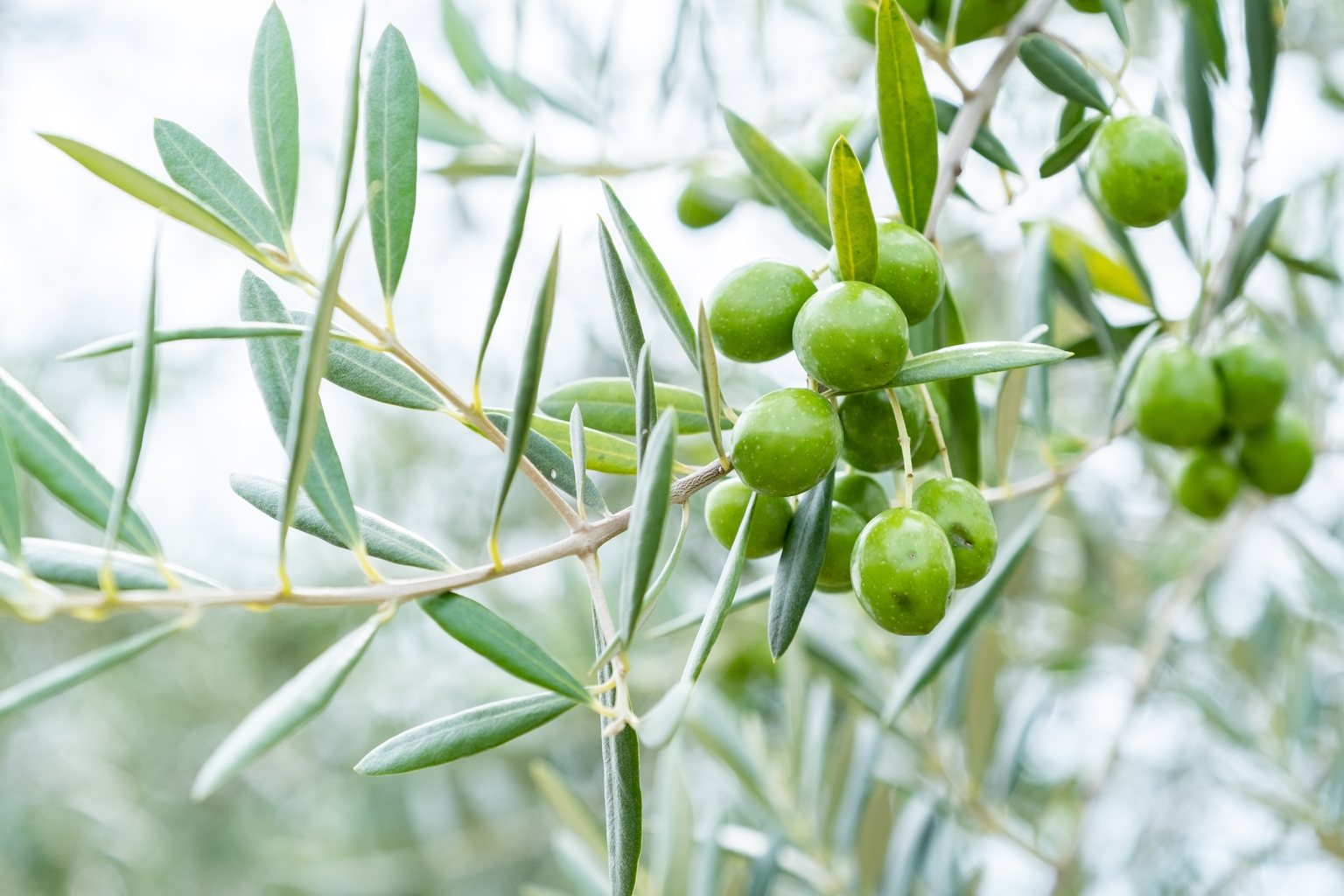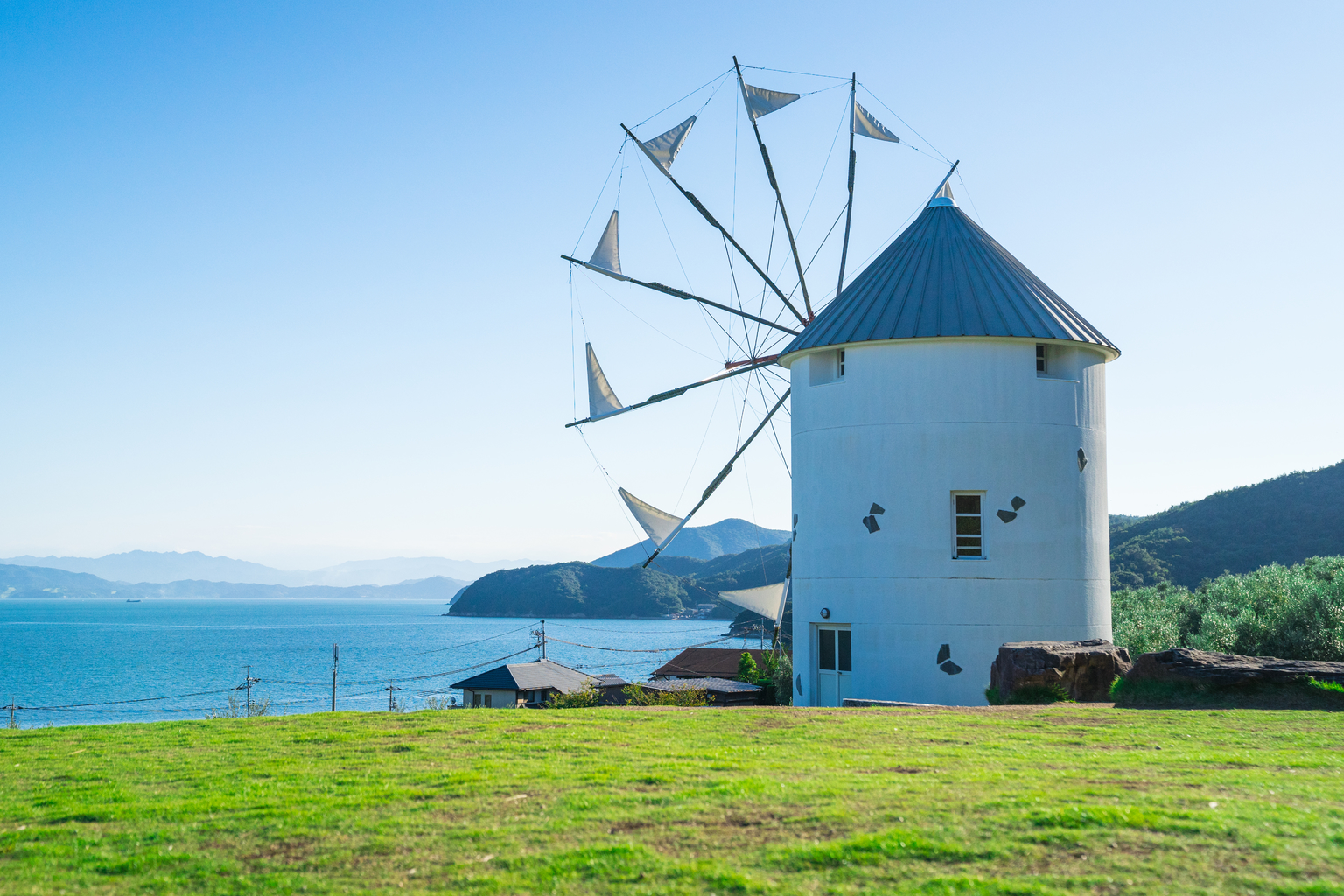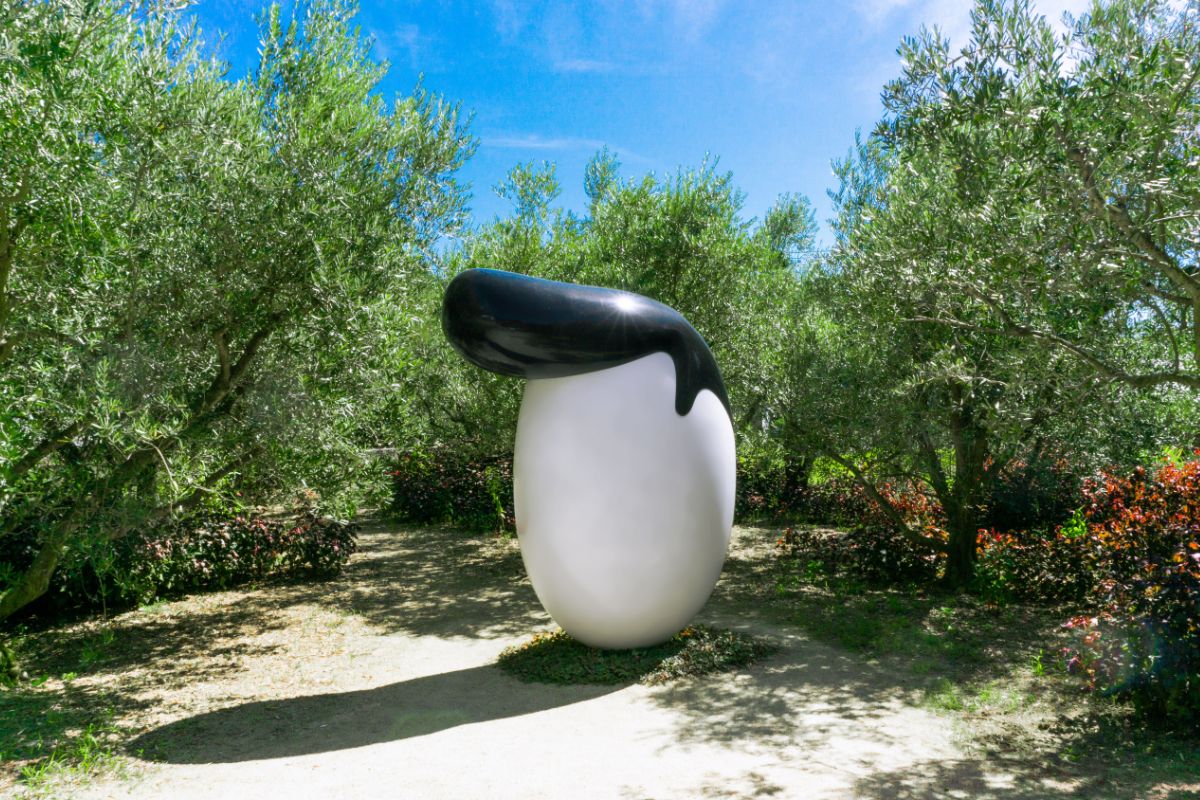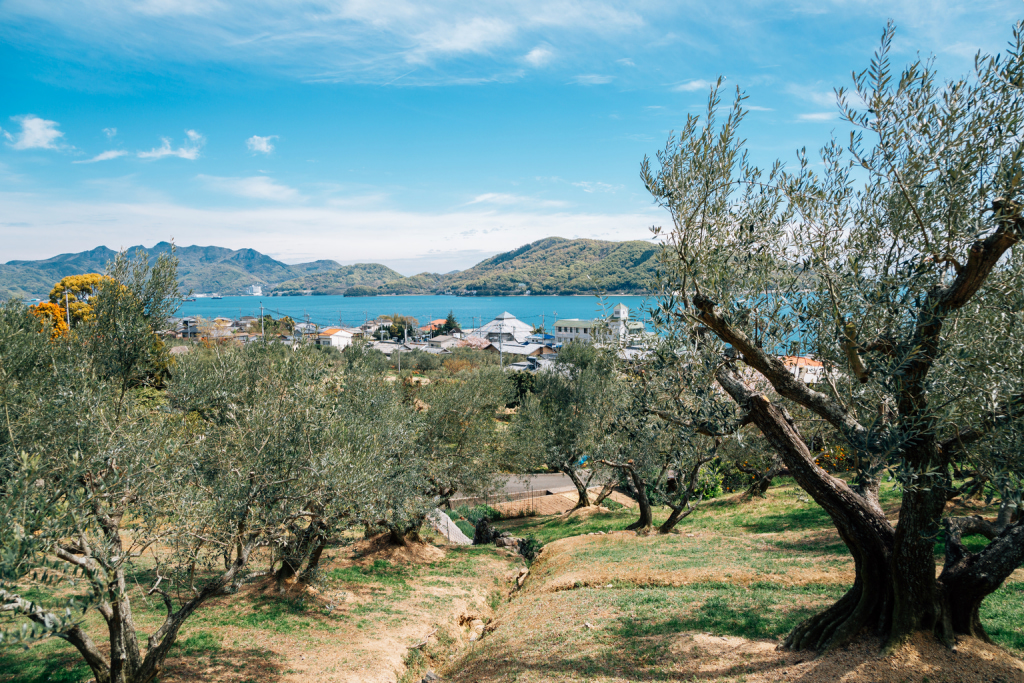Housing some 40-odd artworks for the 2022 Setouchi Triennale, Shodoshima is the second largest island in the Seto Inland Sea. While its name stems from the Japanese words for “small beans,” the island is more famously known for its production of soy sauce and, surprisingly, olive oil. Unlike the former, olive oil was not part of the standard Japanese pantry until the Meiji Restoration in the late 19th century.

The Origins of Japan’s Olive Oil Industry
According to Japan’s agriculture experts, olive oil was introduced to Shodoshima in 1908. The island’s Mediterranean climate — hot, humid and with little rainfall — made it ideal to grow olive trees. By the end of the Taisho Era, the island saw a handful of farms that could produce enough olives to press the oil out of them.
Cultivating this new industry was not without its challenges. A species of weevil native to Japan also happened to be one of the few pests that could damage olive trees, and pest control measures were developed through trial and error. Today, Shodoshima farmers produce over 90% of domestic olive oil, with some even growing trees with little or no pesticides.

An Extended Olive Branch
A testament to the island’s olive oil-drenched history, a 100-year-old tree inside Shodoshima Olive Park is believed to be Japan’s oldest living olive tree. But it is not the oldest tree on the island. In 2011, Andalucía, a region in southern Spain gave Shodoshima a symbol of friendship and diplomacy: a 1,000-year-old olive tree. Perched atop a small mountain with a view of the south shore, this olive tree, despite its 10,000-kilometer trip across the globe, still thrives. Here, visitors can sit nearby and participate in a meditation experience using a special app to clear their minds to the sound of the ocean breeze.

Photo by Lisandra Moor
Olive-inspired Art
Much like the rest of Kagawa Prefecture, art and the everyday intersect in Shodoshima. From maze-like alleyways inspired by Japanese folktales to sculptures in the middle of rice paddy fields, there’s bound to be art even where you least expect it. Shodoshima’s olives were not forgotten by artist Hisakazu Shimizu, who revealed his “Regent in Olives” sculpture at the 2013 Setouchi Triennale. The work of art stands amit a few olive trees inside a residential neighborhood in Shodoshima City, an abstract yet recognizable white oval shape with a fabulous rockabilly-worthy greaser-style pompadour on its head. A photo with the sculpture is a must, and not without a pompadour wig provided by friendly locals.
How to Get Here
There are frequent ferries to Shodoshima’s Tonosho and Ikeda ports from Takamatsu. Flying in from Tokyo, purchase your bus and ferry tickets as a bundle for a small discount after arriving at Takamatsu Airport. A rental car is recommended to get around Shodoshima. Find more info on the official Kagawa Tourism website.









